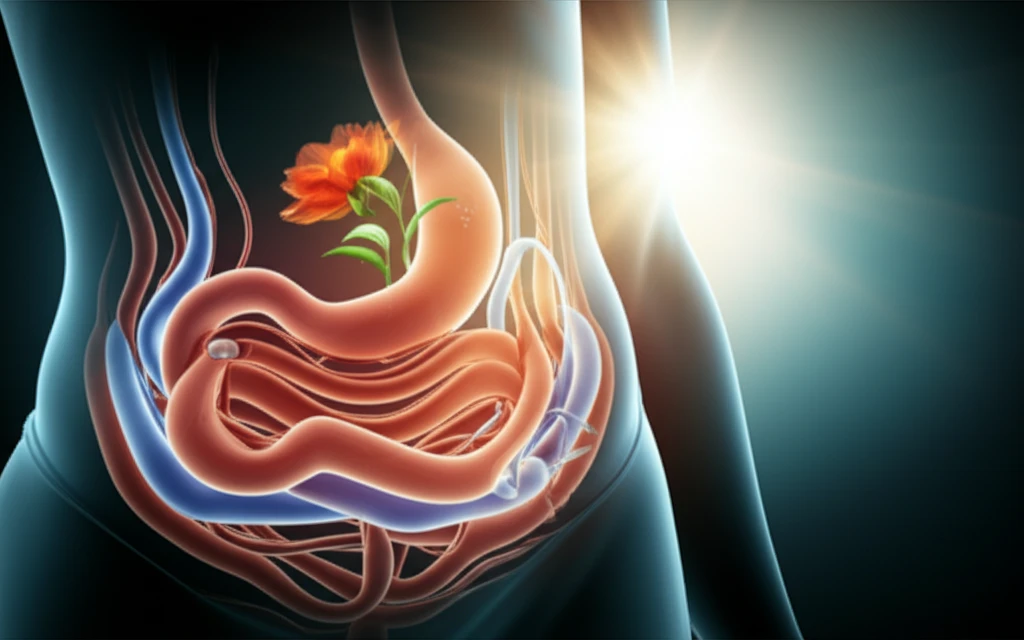
Hernia Repair After Cancer: Improving Your Quality of Life
"Discover how early hernia repair can significantly boost the well-being of cancer survivors, improving both abdominal and overall health."
Undergoing surgery for abdominal cancer can be a life-saving step, but it sometimes leads to another challenge: ventral incisional hernias (VIH). These hernias, which occur at the site of a previous surgical incision, can affect up to 40% of cancer patients within two years of their initial surgery. While dealing with cancer is already taxing, the added discomfort and limitations caused by a hernia can significantly impact your quality of life.
The good news is that early repair of these hernias can make a real difference. Recent research highlights the potential for improved quality of life (QoL) in cancer survivors who undergo timely hernia repair. This article explores how addressing ventral incisional hernias can alleviate discomfort, improve abdominal function, and contribute to a better overall sense of well-being during your cancer recovery journey.
We'll delve into a prospective observational study that investigated the impact of early VIH repair on cancer survivors. The study tracked patients who had surgery for abdominal malignancy and developed hernias, comparing those who had the hernias repaired with those who did not. The findings offer valuable insights into the benefits of early intervention and the importance of abdominal wall reconstruction as part of cancer survivorship.
How Does Early Hernia Repair Improve Quality of Life?

A recent study enrolled eighty-four patients with a history of surgery for abdominal malignancy and a ventral incisional hernia. The study used abdominal wall-specific (HerQLes) and cancer-specific (FACT-G) instruments to assess the patients’ quality of life at baseline and during follow-up appointments. Patients were split into two groups: those who underwent VIH repair during the study, called the Repair Group, and those who did not, referred to as the Control Group.
- Improved Abdominal Wall Function: The Repair Group showed greater improvements in HerQLes Summary Scores at the 3-, 6-, 12-, and 18-month marks compared to the Control Group.
- Better Cancer-Specific Quality of Life: The Repair Group had higher FACT-G total scores at the 3-, 6-, and 12-month check-ins.
- Early Intervention Matters: Most repairs in the Repair Group happened within three months of the initial evaluation.
What This Means for You
If you're a cancer survivor who has developed a ventral incisional hernia, these findings offer hope. Early repair isn't just about fixing a physical problem; it's about improving your overall well-being and quality of life during recovery.
Don't hesitate to discuss hernia repair options with your healthcare team. They can evaluate your specific situation, consider the timing of any ongoing cancer treatments, and determine the best course of action for you. Remember, addressing the hernia can alleviate pain, improve abdominal function, and boost your overall sense of well-being.
By prioritizing abdominal wall reconstruction as part of your cancer survivorship plan, you can take a proactive step towards a more comfortable and fulfilling life after cancer treatment.
